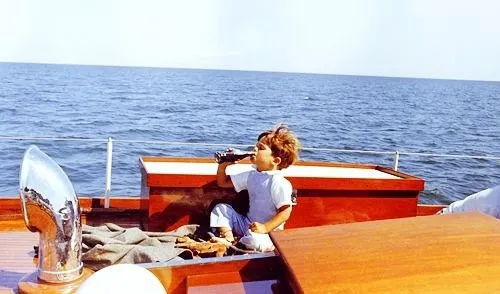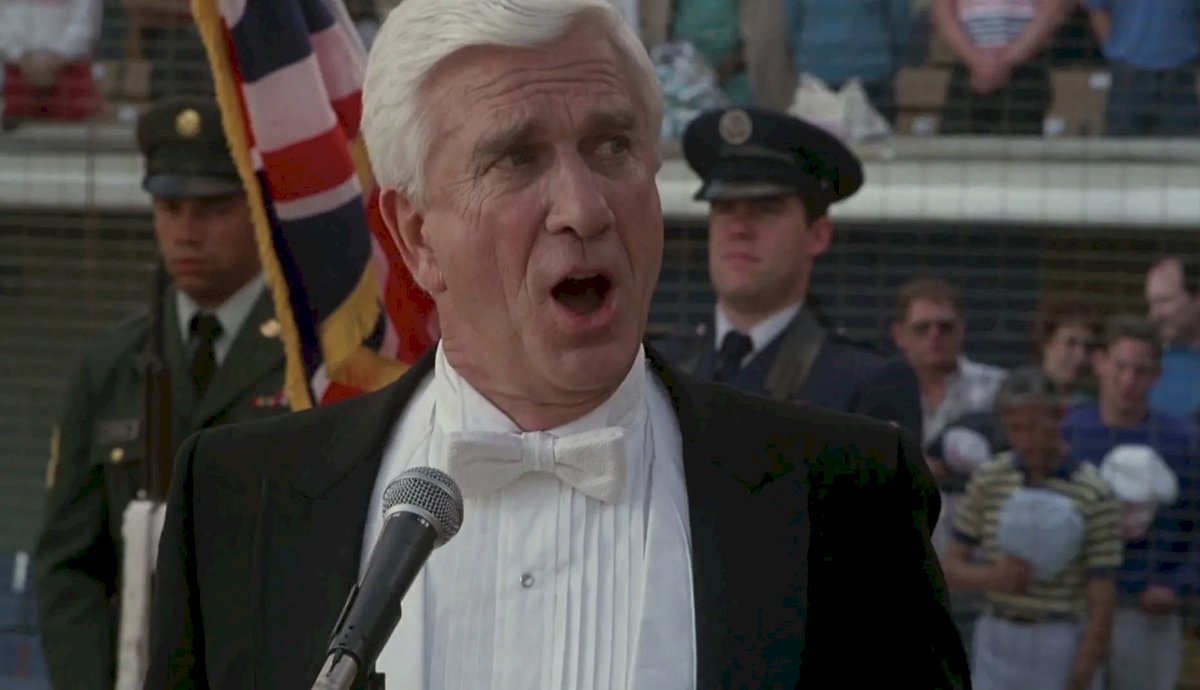Shirley Temple, the most iconic child star of the 20th century, first captured the hearts of audiences through a series of short films known as the Baby Burlesks. These films, produced between 1932 and 1933 by Educational Pictures, featured young children in parody roles of adult characters, and marked the beginning of Temple's illustrious career in Hollywood. The Baby Burlesks were controversial for their time, but they played a crucial role in shaping Temple's early career and establishing her as a beloved figure in American cinema.

The Baby Burlesks were a series of one-reel films that satirized popular movies and societal norms of the time. The unique twist was that all roles were played by toddlers, with Shirley Temple often cast as the lead. These films used the comedic juxtaposition of children in adult situations to entertain audiences. Despite their simplicity and low budgets, the Baby Burlesks managed to attract attention due to their novel approach and the undeniable charm of their young cast.

Shirley Temple was just three years old when she was cast in her first Baby Burlesk, "Runt Page" (1932), a parody of the popular newspaper drama "The Front Page." Even at this tender age, Temple's natural talent was evident. Her ability to mimic adult behaviors, deliver lines with perfect timing, and her charismatic screen presence made her stand out among her peers.
In subsequent Baby Burlesks such as "War Babies" (1932), "Glad Rags to Riches" (1933), and "Kid in Hollywood" (1933), Temple's performances continued to captivate audiences. These films often featured Temple in glamorous costumes and settings, allowing her to showcase a range of emotions and comedic skills. The public was enchanted by the sight of this precocious child playing roles far beyond her years, and her popularity began to soar.

While the Baby Burlesks were popular, they were not without controversy. Critics and child welfare advocates raised concerns about the appropriateness of placing young children in adult scenarios, particularly when these included risqué themes or provocative costumes. The use of young children to parody adult relationships and situations was seen by some as exploitative and potentially damaging to the children involved.
The working conditions on the Baby Burlesk sets were also a point of contention. Reports surfaced that the children, including Temple, were subjected to long hours and harsh discipline. The infamous "punishment box," a makeshift jail where children who misbehaved were placed, is a particularly disturbing aspect of the production practices. Temple herself later reflected on these early experiences with a mix of nostalgia and critique, acknowledging the hardships while also recognizing the opportunities they afforded her.

Despite the controversies, the Baby Burlesks played a pivotal role in launching Shirley Temple's career. Her performances in these short films caught the attention of Hollywood executives, leading to a contract with Fox Film Corporation (which later became 20th Century Fox). It was here that Temple's career truly took off, with starring roles in feature films such as "Bright Eyes" (1934), "Curly Top" (1935), and "Heidi" (1937).
The skills Temple honed during her time with the Baby Burlesks—her comedic timing, her ability to memorize lines quickly, and her on-screen charisma—proved invaluable as she transitioned to more substantial roles. The Baby Burlesks served as an unconventional but effective training ground, preparing her for the demands of stardom.

Today, the Baby Burlesks are often viewed with a mix of curiosity and critique. They provide a window into the early days of Hollywood and the often unregulated nature of child acting during that era. For Shirley Temple, these films were the stepping stones to a remarkable career that would see her become a beloved actress, singer, and later, a diplomat.
Temple's legacy as the most famous child star of all time is inextricably linked to her early experiences in the Baby Burlesks. These films, despite their controversial nature, showcased her undeniable talent and set her on a path to enduring fame. They remain a fascinating chapter in the history of Hollywood and a testament to the early beginnings of a legendary career.

















